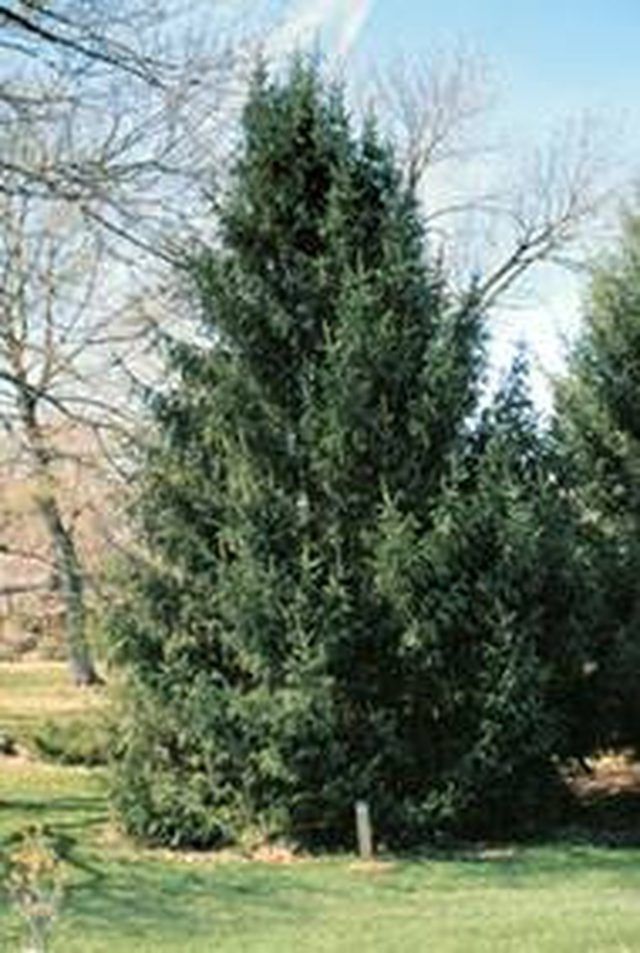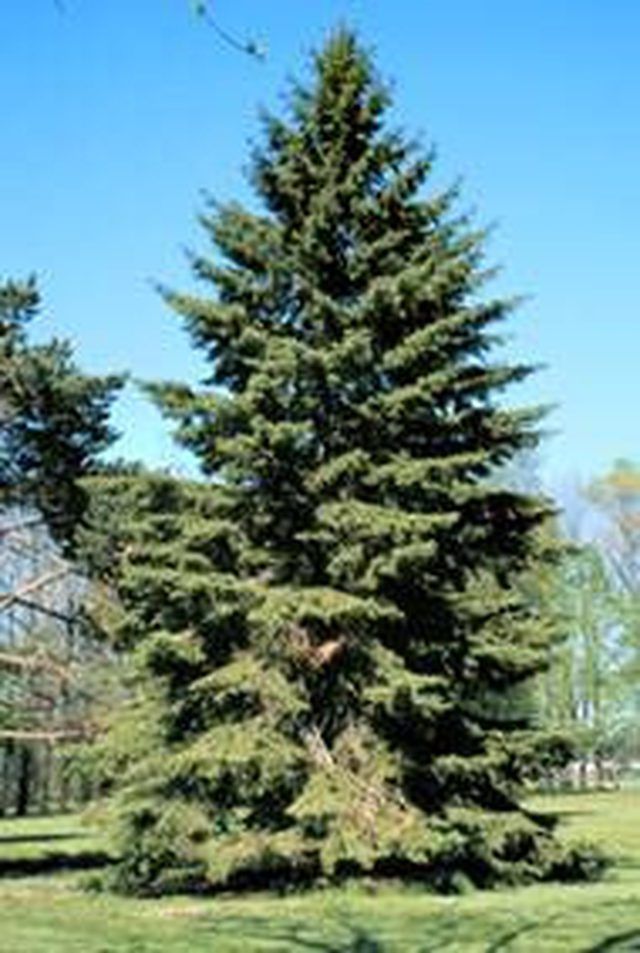Bulbs
Flower Basics
Flower Beds & Specialty Gardens
Flower Garden
Garden Furniture
Garden Gnomes
Garden Seeds
Garden Sheds
Garden Statues
Garden Tools & Supplies
Gardening Basics
Green & Organic
Groundcovers & Vines
Growing Annuals
Growing Basil
Growing Beans
Growing Berries
Growing Blueberries
Growing Cactus
Growing Corn
Growing Cotton
Growing Edibles
Growing Flowers
Growing Garlic
Growing Grapes
Growing Grass
Growing Herbs
Growing Jasmine
Growing Mint
Growing Mushrooms
Orchids
Growing Peanuts
Growing Perennials
Growing Plants
Growing Rosemary
Growing Roses
Growing Strawberries
Growing Sunflowers
Growing Thyme
Growing Tomatoes
Growing Tulips
Growing Vegetables
Herb Basics
Herb Garden
Indoor Growing
Landscaping Basics
Landscaping Patios
Landscaping Plants
Landscaping Shrubs
Landscaping Trees
Landscaping Walks & Pathways
Lawn Basics
Lawn Maintenance
Lawn Mowers
Lawn Ornaments
Lawn Planting
Lawn Tools
Outdoor Growing
Overall Landscape Planning
Pests, Weeds & Problems
Plant Basics
Rock Garden
Rose Garden
Shrubs
Soil
Specialty Gardens
Trees
Vegetable Garden
Yard Maintenance
How to Identify Spruce Trees
How to Identify Spruce Trees. Norway Spruce trees and White Spruce trees have a few things in common that make them easy to identify. From their overall distinctive shape, to their flowers, cones and leaf structure, spruce trees are easy to identify when you know what to look for.

Norway Spruce trees and White Spruce trees have a few things in common that make them easy to identify. From their overall distinctive shape, to their flowers, cones and leaf structure, spruce trees are easy to identify when you know what to look for.
Stand back quite a ways and take a look at the overall shape of the entire tree. A spruce tree is like a very tall, elongated triangle. Some people trim the bottom branches away, but this does not change the shape of the top; it just reveals the bark.

Look at the bark. The bark and twigs of a Norway Spruce are reddish-brown and roughened with thick scales. Norway Spruce cones are dry and hard, and can be anywhere from 4 to 8 inches long. The White Spruce has a distinctive feature, its bark, which is generally anywhere from an ash brown to a greyish color, and will reveal a silvery inner bark when freshly exposed. So if you're in doubt, scrape a teeny bit away, to see if it shines.
Analyze the leaves. Yes, those "pine needles" are the leaves. In a spruce, the leaves are all attached to the twig at the base, rather than in clumps. In a White Spruce, the colors of the leaves range from yellowish green to white, but they may be darker, too. In a Norway Spruce, the leaves are a shiny green. Some White Spruce leaves emit a skunky odor when crushed.